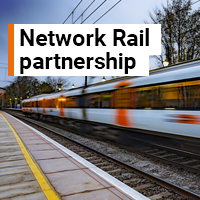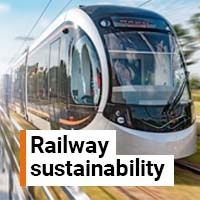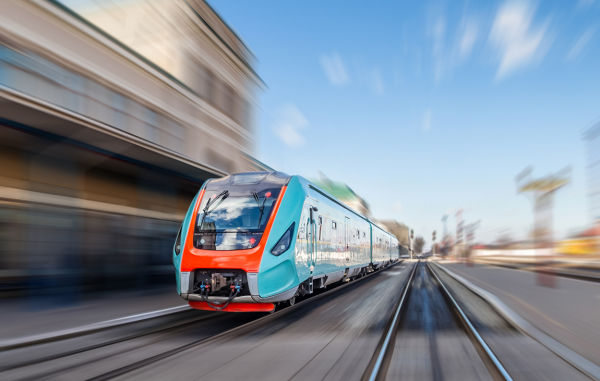
Connecting your electrified railway network systems
The railway network can be grouped into vital areas of operation. Those where specific cable performance is critical to the operations include rolling stock, signalling and power transmission, as well as station and infrastructure. Demand for railway cables is set to increase in the coming years in line with the growth of the urban population globally, and greater electrification requirements for smart rail operations. This in turn requires high levels of safety and proven cable characteristics selected to protect the public, while providing efficient and reliable services.
Operational delays caused by signalling power cable failures can be particularly disruptive to railway traffic flow and often result in significant costs and stoppage time taken to make necessary repairs. Cable quality and compliance is crucial to support the performance of all operations requiring electrical power and works to minimise the risk of failure.
To demonstrate the railway sector’s commitment to safety and quality assurance, all of the separate components used to make up the infrastructure are often subject to comprehensive testing schedules. Individual components and their integrated systems are tested to evidence their performance and safety to exacting standards.
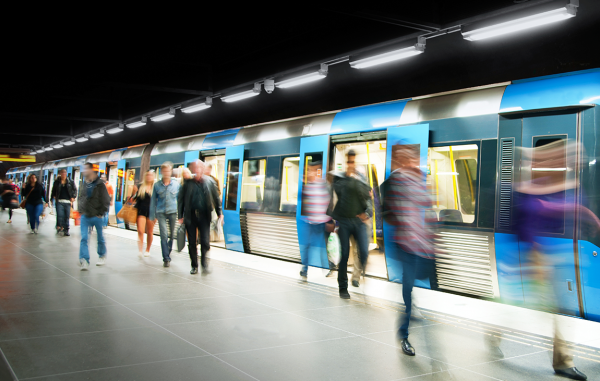
Railway cable applications
1. Rolling stock
Cables used within rolling stock are integral to supporting the smooth running of the railway network. A broad range of systems requires cabling to power the operation of door mechanisms, signage, lighting, CCTV and communication systems across both passenger and freight carriage variations. Upgrades are continually being implemented to improve speed and modernise fleets.
Several standards assess rolling stock cabling. A variety of fire performance tests are undertaken across the railway sector, such as BS EN 50305, to ensure cables feature non-toxic and flame resistant properties if cables were to become exposed to flames. Important rolling stock cable standards include BS EN 50306, EN 45545, BS 50264 and EN 50382, for which full test details can be found in the BASEC testing guide.
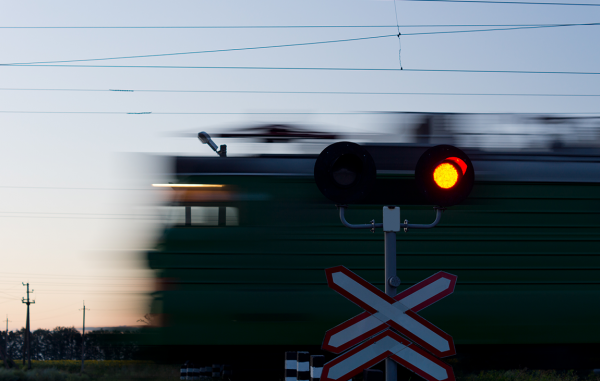
2. Signalling and transmission
Railway infrastructures rely heavily on efficiently using power cables to support signalling and power transmission. Cabling enables not only fulfils operational functions from controls, switches and traffic management systems to connectivity, signal boxes, and equipment located on railway tracks themselves, but it also ensures passenger safety.
Signalling failures are the most common cause of disruption to operational reliability, with several thousand delays of more than 100 minutes caused yearly. This significantly impacts the scheduling of railway traffic, which often results in journey delays, costing time and money to fix. Correct cable selection is critical considering the increased reliance on electrified systems, which is set to continue.
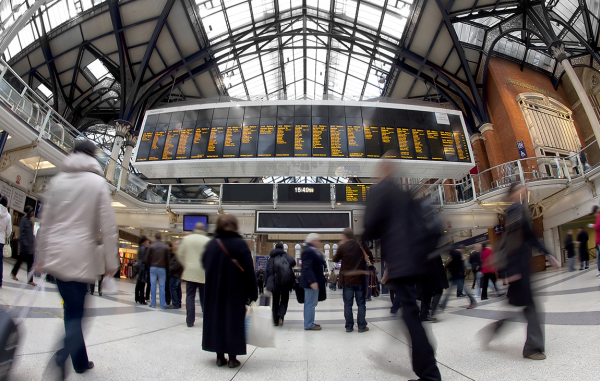
3. Station and infrastructure
Ticketing, departure boards, barriers, train and track integration and station lighting all fall under this umbrella. Safety is a major priority in the railway sector, so much cabling is used to power these applications. Enhanced fire performance characteristics are vital to protecting both the public and offering asset protection.
Electrical faults are another common cause of railway station and infrastructure cabling failures, as cables can overheat, short circuit and ultimately lead to a fire. Third party testing and approvals provide an important safety assessment. Fire testing is conducted to assess both circuit integrity and reaction to fire.
To safeguard electrical railway cables, there are many different tests in place to assess quality and performance characteristics based on the needs and requirements of the end application. The criteria for this depend on whether the cabling will be located inside a building, within track side equipment or otherwise.
Passenger, operator and equipment safety is critical to the railway network.
Cable performance to ensure continued services and specialist characteristics to safeguard operations are tailored to meet the sector’s requirements.
Get your copy of the Rail cable testing and certification guide today
Enter the laboratory test area
Regional experts
Click the arrows to scroll for your regional teams



